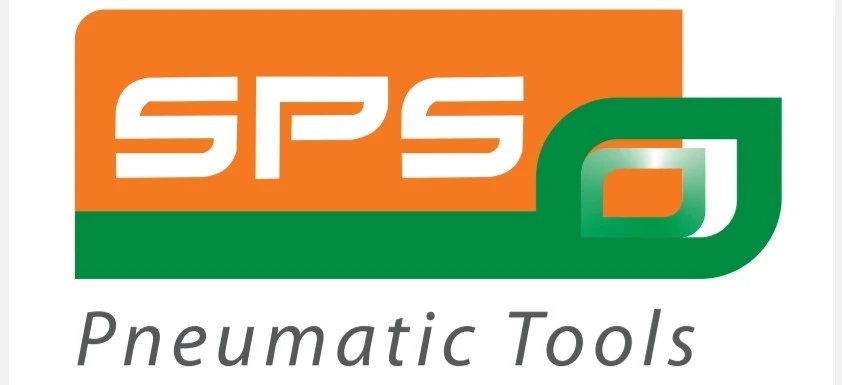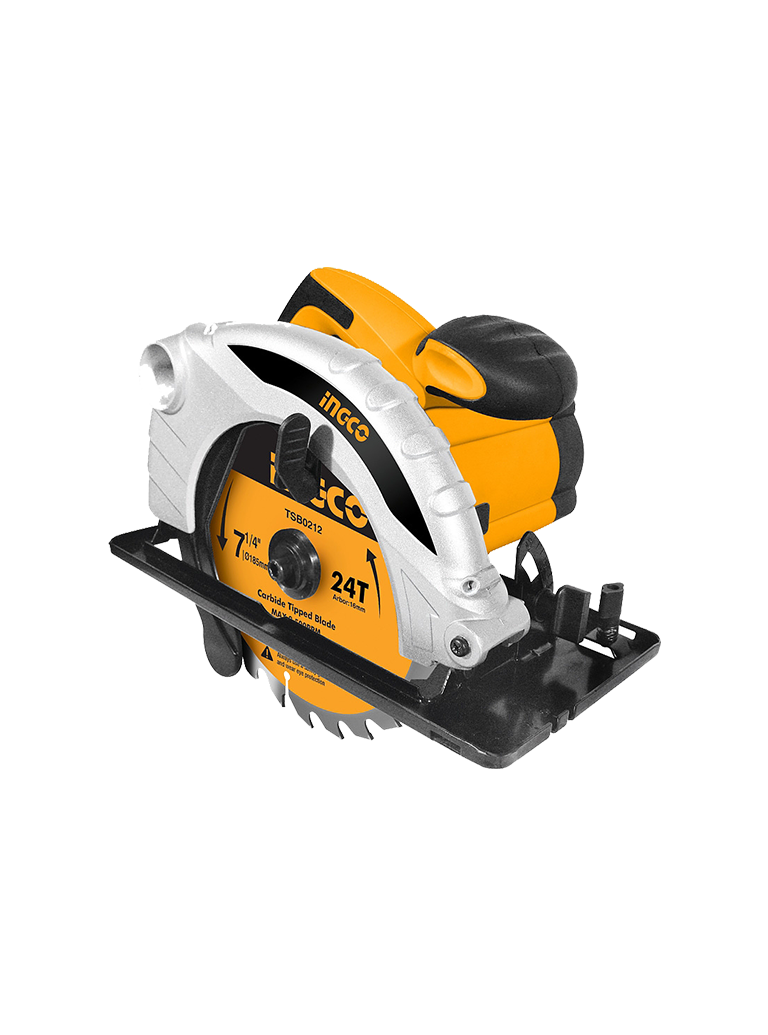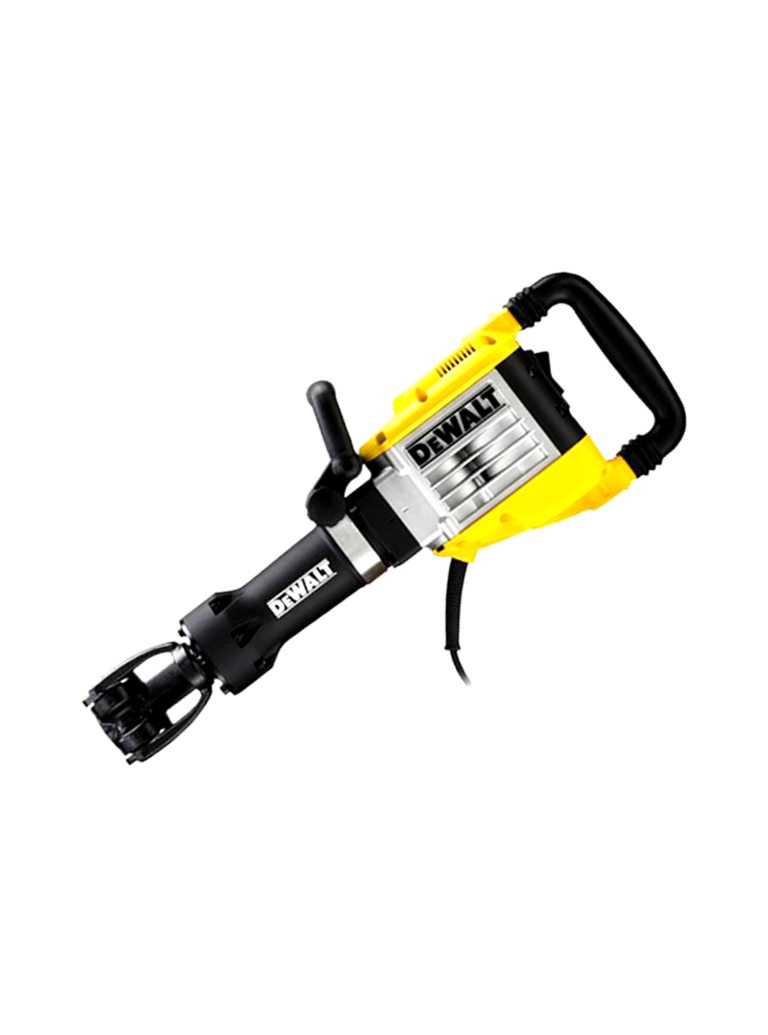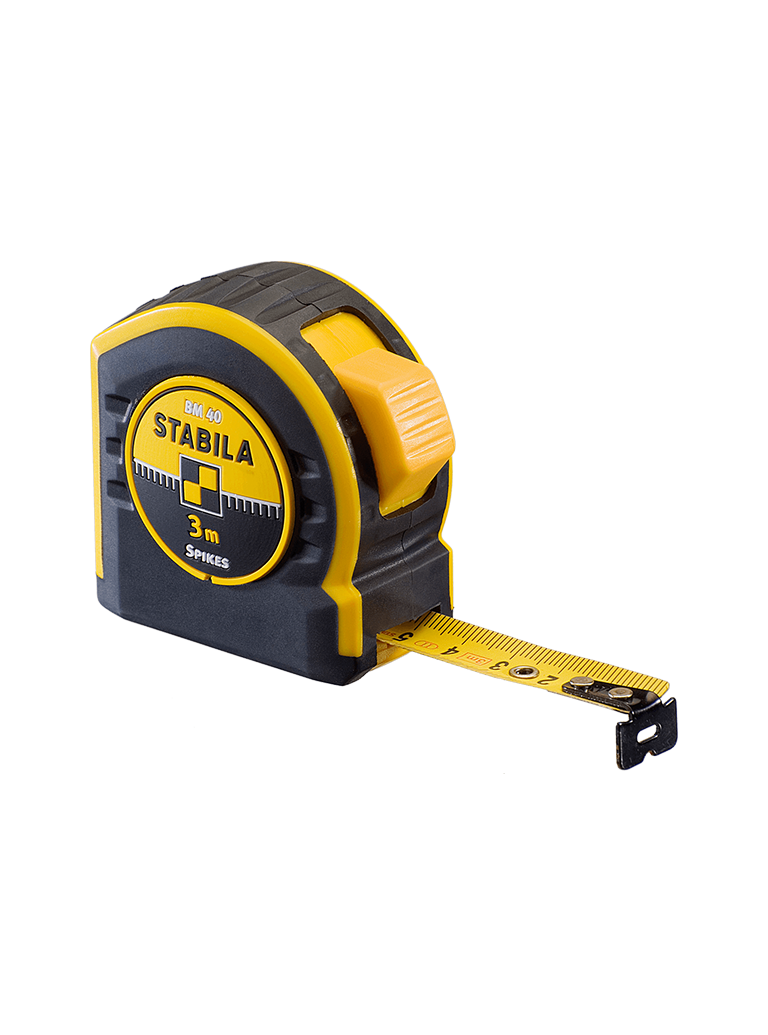Introduction
Every workshop eventually needs pneumatic tools. Whether you're a professional mechanic, a DIY enthusiast, or working in a factory, the right tools can make a significant difference in performance, safety, and satisfaction. This guide will help you choose the best pneumatic tools for your workshop, ensuring efficiency and improved output. For high-quality tools and professional advice, turn to SPS Pneumatic Tools.
Table of Contents
- What Are Pneumatic Tools?
- Why Choose Pneumatic Tools?
- How to Choose the Right Pneumatic Tool
- Tips for Maintaining Pneumatic Tools
- Conclusion
1. What Are Pneumatic Tools?
Pneumatic tools, also known as air tools, are devices powered by compressed air. They are used for various tasks such as cutting, grinding, painting, drilling, and fastening in workshops, garages, manufacturing plants, and construction sites. These tools are generally more powerful, durable, and efficient than electric tools.
2. Why Choose Pneumatic Tools?
Pneumatic tools offer several advantages over electric tools:
| Advantages | Description |
|---|---|
| High Power | Delivers more force than standard electric tools. |
| Durability | Designed to last longer with fewer moving parts. |
| Lightweight | Easier to handle, reducing fatigue during extended use. |
| Cost-Effective | Lower maintenance costs in the long run. |
| Safety | Reduced risk of electric shock. |
3. How to Choose the Right Pneumatic Tool
Selecting the right pneumatic tool involves understanding your workshop needs and the tools available. Here’s a step-by-step guide:
Step 1: Determine Your Workshop Needs
- Identify the tasks you’ll perform most frequently.
- Determine the level of precision required for your work.
- Set a budget for your tools.
Step 2: Understand the Types of Pneumatic Tools
Common pneumatic tools include:
- Impact Wrenches
- Air Sanders
- Air Drills
- Air Grinders
- Air Ratchets
- Spray Guns
- Nail Guns
For a complete selection of high-quality pneumatic tools, visit SPS Pneumatic Tools.
Step 3: Check the Air Supply Requirements
- Air Pressure (PSI): Ensure your air compressor can provide sufficient PSI.
- Air Flow (CFM): Check if your compressor’s CFM rating matches the tool’s requirements.
- Tank Size: For tools that consume more air, a larger tank is essential.
Step 4: Look for Quality and Durability
Invest in reliable brands and high-quality tools that offer good warranties. Quality tools may cost more upfront but save money and frustration in the long run.
Step 5: Consider Ergonomics and Design
Choose lightweight, well-designed tools with features like cushioned grips and balanced weight distribution for improved productivity and comfort.
Step 6: Maintenance and Repair Options
Regular maintenance is essential for prolonging the lifespan of pneumatic tools. Choose tools that are easy to maintain and come with accessible spare parts. For maintenance tips and professional advice, explore the resources at SPS Pneumatic Tools.
4. Tips for Maintaining Pneumatic Tools
Proper maintenance ensures the longevity and performance of your pneumatic tools. Follow these tips:
| Maintenance Task | Description |
|---|---|
| Lubrication | Regularly oil moving parts to avoid wear and tear. |
| Cleaning | Remove debris and moisture from tools and compressors. |
| Inspection | Check hoses and fittings for damage. |
| Proper Storage | Store tools in dry, clean environments. |
| Routine Testing | Test performance periodically to ensure functionality. |
5. Conclusion
Choosing the right pneumatic tools for your workshop doesn’t have to be difficult. By understanding your needs, exploring the types of tools available, and considering factors like air supply and maintenance, you can make an informed decision. SPS Pneumatic Tools offers high-quality pneumatic tools and expert advice to help you build the best workshop setup.
Make the right decision today for improved productivity and safety with the best pneumatic tools available!




